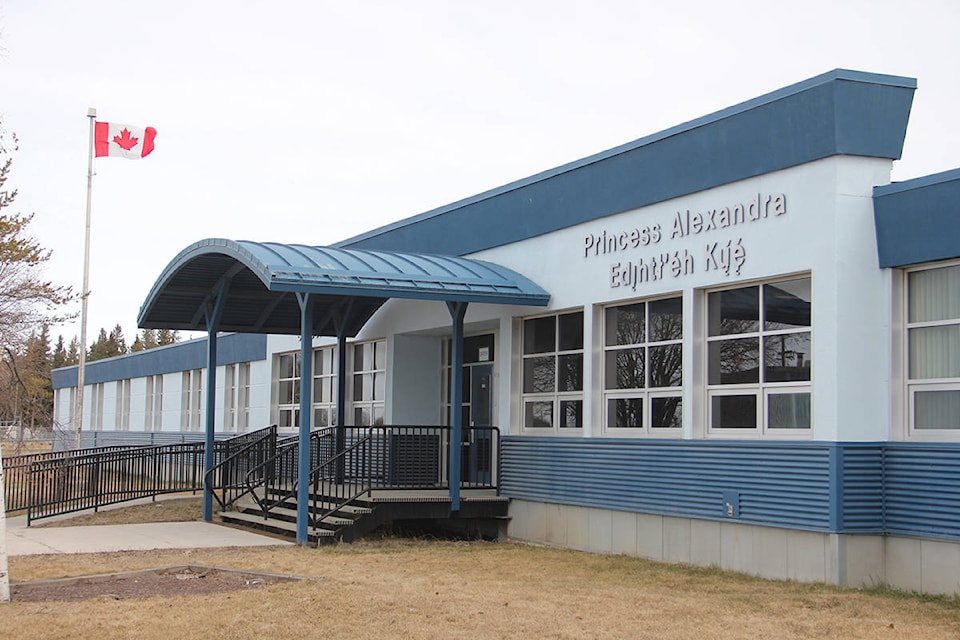The very thought that Hay River may not have school buses as of the fall is, well, unthinkable.
Yet, that is what the Hay River District Education Authority (DEA) is warning, unless more funding can be found to provide the service.
The DEA wants enough funding to cover a $70,000 shortfall in the financial support it gets so buses can take students to and from the four schools in Hay River.
It seems the DEA has tried to solve the issue. It has bought its own buses and a couple of years ago instituted fees to try to cut into the deficit.
However, the fees failed – by the DEA’s own admission – to eliminate the shortfall as fewer students took the buses. That was apparently because parents found other ways to get their kids to school.
Now, the DEA is basically making its last stand on the issue, and wants enough funding to cover the shortfall and eliminate the user fees.
Of course, that funding would have to come from the Department of Education, Culture and Employment.
School buses are not optional in Hay River.
While some communities are relatively compact and their students can often walk to school, Hay River definitely isn’t that. The community stretches from West Channel to Paradise Valley, which is 25 kilometres from the main section of town.
And like in all Northern towns, most of the school year is during the coldest months. So aside from the fact of simply getting kids to school, there is a definite issue of ensuring their safety.
Not to mention one other very important aspect of busing. It helps encourage attendance at school. It seems obvious that students will miss more school if it is difficult for families to get them there.
Eliminating school buses will obviously aggravate the problem relating to attendance and high school graduation rates in the NWT.
So you would hope, and expect, that something will be done to find enough funding and the school buses will still be running when classes resume in the fall. It would be good to say that is a certainty, but perhaps it is not.
For years now, the Town of Hay River has been complaining to the GNWT about having to provide highway rescue outside municipal boundaries. Some years ago, the town even threatened to stop offering highway rescue if the GNWT didn’t cough up more money for that essential service.
None of that happened, of course. The town didn’t stop providing highway rescue and GNWT funding is still lacking.
If that is an example for school busing, the GNWT might think the DEA is bluffing, and not provide more funding and see what happens.
That is quite possible.
But it’s a high-stakes game when children’s education and futures are the playing chips.
The best way for this game to end is for the GNWT to come through with more funding. It seems the DEA has made honest efforts over the past few years to solve the problem on its own.
It’s time for the Department of Education, Culture and Employment to step up.
If it doesn’t, perhaps the department should consider dropping the word education from its name.
